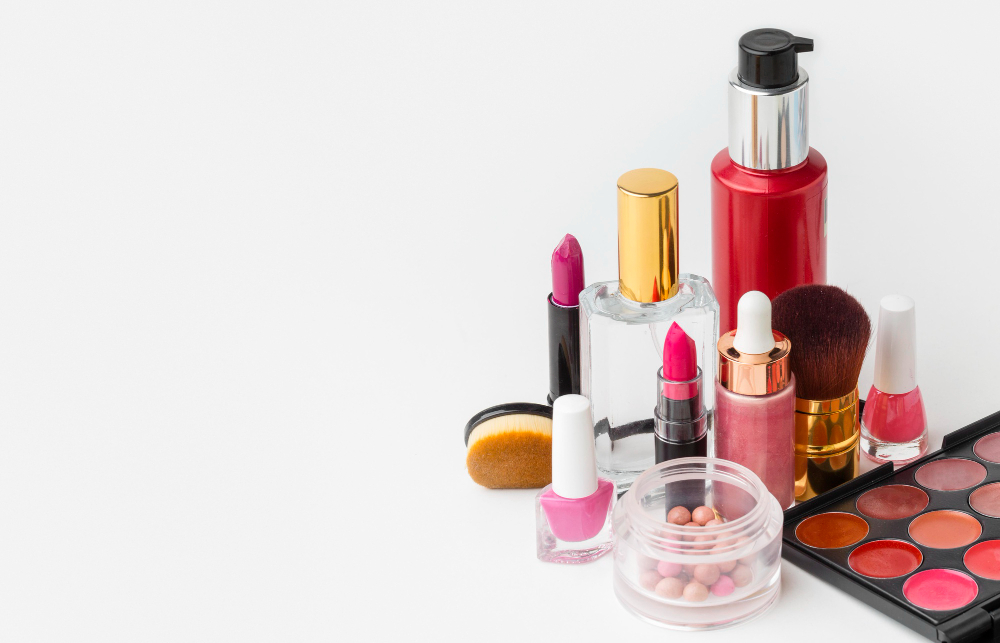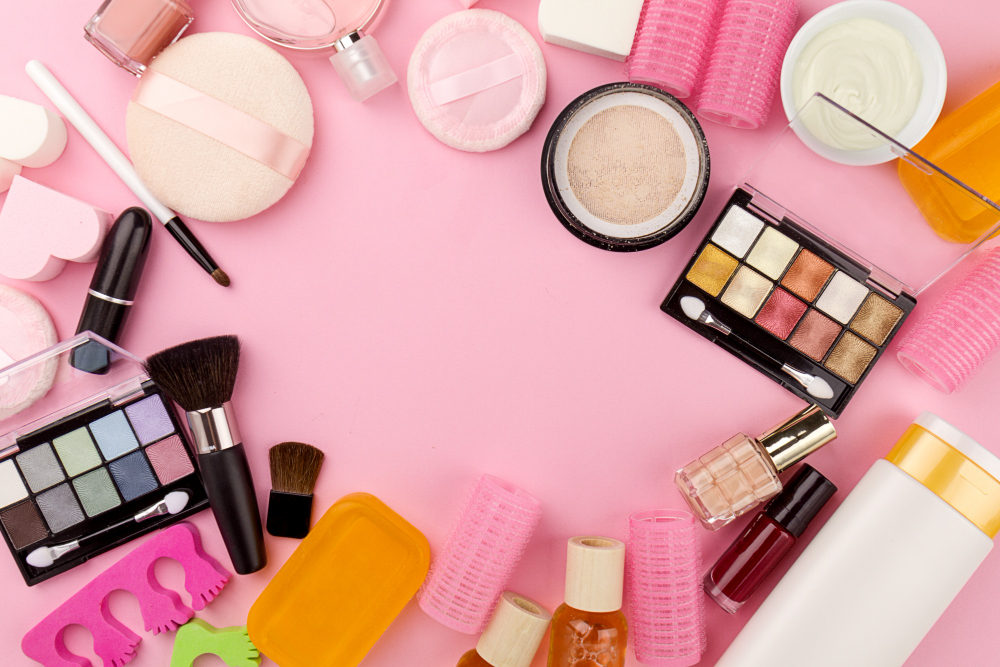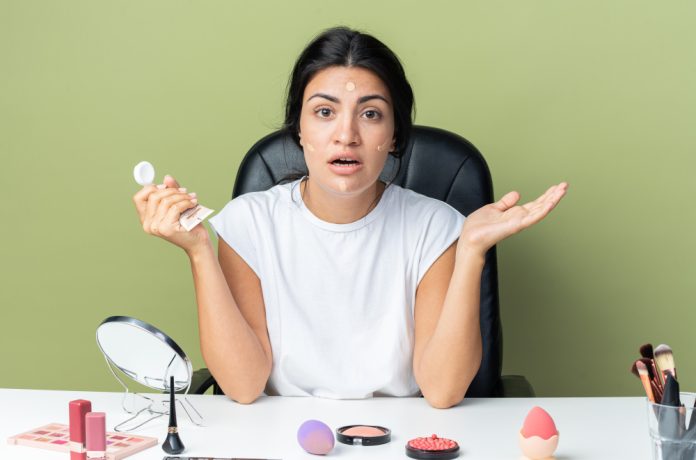India’s beauty market has lately experienced an incredible turnaround and holds the potential to develop exponentially. The demand for elite cosmetic products is on the rise as India solidifies its spot as the second-largest global consumer market. This boost can be linked to a wide range of noteworthy drives, including exposure to international fashion trends, a constant increase in disposable money, individuals’ ever-evolving lifestyles, and the growing number of working women. Although these accomplishments present a positive picture for the future of the Indian beauty business, a disturbing truth lurks under the surface: the market is saturated with counterfeit cosmetics. These deceptive facades fraudulently pose as real “imported” products in order to trap ignorant consumers lured in by cheap pricing. Unfortunately, these appealing deals turn out to be misleading, trapping unaware consumers as helpless victims in the perilous web of the illicit marketplace for counterfeit cosmetics.
According to a recent report published by the Centre for Science and Environment (CSE), alarming findings have emerged regarding the safety of certain cosmetic products. The report revealed that a significant 40% of fairness creams contained mercury, while 60% of tested lipsticks exhibited the presence of hazardous heavy metals such as chromium and nickel. In total, the study examined 32 fairness creams, 30 lipsticks, a handful of lip balms, and a few anti-ageing creams to identify the existence of harmful chemicals.

The components used in producing counterfeit cosmetics as close to the real product as possible can contain harmful substances. The counterfeit cosmetics threat to consumers is of utmost concern notwithstanding the alarming rise in fraudulent items in the cosmetics sector. The composition of counterfeit cosmetics can vary, and careful examination frequently reveals a wide range of harmful chemicals including lead, arsenic, copper, mercury, cadmium, aluminium, etc. To produce the required colour, consistency, sheerness, and texture while maintaining an appealing look, these components are added to compositions. It is important to keep in mind that these dangerous compounds may not always be introduced knowingly; instead, they may appear as unexpected by-products as a result of the mixing of different chemicals during the production process. Since counterfeiting organisations are not required to follow any health standards, product testing, or certification processes, they seldom put a priority on safety and rarely perform extensive testing on these finished products.
The FBI, Homeland Security, FDA, Health Products Regulatory Authority (HPRA), major metropolitan police departments, trade associations, and diligent investigative journalists from local, national, and international news organisations are just a few of the organisations that have played a significant role in revealing facts about counterfeit cosmetics.
How to recognize counterfeit cosmetics?
There are a number of physical indications that might help distinguish counterfeit cosmetics from their real counterparts. First, carefully go through the outer packaging for any visual faults such as mistakes in spelling, punctuation mistakes, or uneven printing. These flaws are frequently seen in fake products. Examine the labels and trademarks on the box in great detail as well. Counterfeit cosmetics may include brand logos that are distorted or badly copied, have the wrong text size or style, or even lack key information. Pay attention to the product’s weight and texture as well, as inferior ingredients are sometimes used in counterfeit cosmetics, making them seem lighter or flimsier. Also, pay attention to any odd smells or texture differences. Counterfeit cosmetics may smell strange or unpleasant, and they could have different textures from the real ones. Last, but not least, be wary of pricing that is too cheap or discounts that seem abnormally generous since these might be signs of counterfeit cosmetics. Consumers may improve their capacity to recognise and avoid fake cosmetics by carefully examining these physical characteristics, and assuring that they are mindful of their health and well-being.

It is vital to handle the growing wave of counterfeit cosmetics with attention and caution in a culture where beauty is highly sought after. As India’s beauty business expands, so does the supply of counterfeit cosmetics, which endanger our health. We can recognise the distinctive features that identify real cosmetics from fake ones by remaining knowledgeable and vigilant. Let’s empower ourselves with facts and fight against counterfeit cosmetics to ensure that our pursuit of beauty is genuine and safe.




























